
Lotus Root?
Lotus root is the bottom, edible part of the lotus plant. It’s crunchy and mild-flavored, resembling the flavor and texture of a raw potato. For centuries, lotus root has been used in East Asian cuisines, particularly in Japanese and Chinese cultures. It can be deep-fried, stir-fried, braised, or steamed. It is also commonly used in traditional herbal medicines in dried and powdered form.
To choose a healthy root, make sure it feels heavy and firm. The color should be pale to indicate freshness, and be free from any bruises or cracks.

Health benefits of lotus root
Lotus root is full of important phytonutrients, minerals, and vitamins. It’s an excellent source of fiber, which is important to regulate our blood sugar, improve digestion, and manage our appetite. It is also a great source of vitamin C, a powerful antioxidant. Vitamin C is essential for maintaining a healthy immune system, keeping our blood vessels clean, producing collagen, and maintaining our organ and bone health. It helps to mitigate against harmful radicals formed from cellular metabolism, and clears our bodies of dangerous by-products which can cause cancer and heart disease. It also has a high iron and copper content, which is essential for red blood cell production, and can be a great addition for people who may deal with iron deficiency anemia, a common source of headache and fatigue for many individuals.
While lotus root is a starch, its calorie content is moderate compared to other root vegetables, at about 75 calories per 100g. So individuals who are also calorie-conscious will find lotus root to be in line with their goals, while providing lots of nutrients and fiber to keep them feeling full.
Lotus root is mild in flavor, similar to white potato, so it’s a versatile ingredient that can be used in several different ways. It’s crunchy and delicious, and has many health benefits. While you’ll probably have to go to your local Asian grocery to get it, it’s super easy and convenient to cook with. Below, I’ve listed my favorite way to enjoy lotus root, pan-fried and wrapped in beef, in a sweet-salty soy sauce.
Beef-Wrapped Lotus Root in a Sweet-Salty Soy Sauce
Ingredients (3-4 servings):
- 200g lotus root (not necessary to be specifically 200g)
- 200g thinly-sliced beef (get at your local Asian grocery or ask the butcher counter to slice it for you)
- 3 tbsp of soy sauce
- 3 tbsp of mirin
- 3 tbsp of cooking sake
- 2 tbsp of sugar
- Pat of butter (or oil of choice)
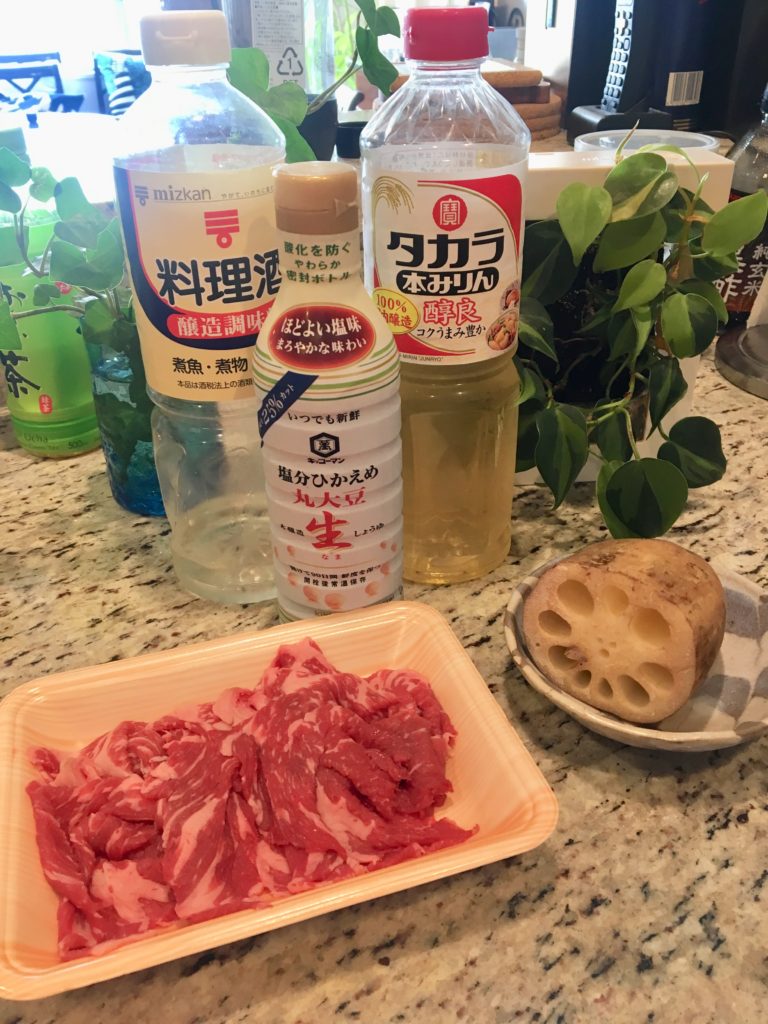
Directions
- Rinse and cut the lotus root into moon-shaped discs and then put it in an ice water bath. This prevents oxidation to preserve the crunchiness and removes compounds which cause bitterness.
- *You can choose to remove the skin with a peeler or keep the skin. It’s relatively thin and doesn’t make a huge difference, but the outside skin may feel a bit tough if kept on.
- Boil water and blanch the lotus root for 1-2 minutes.
- *Be careful not to over-boil! Left in too long, it will become a soggy mess.
- Remove lotus root, let cool. Then, take the thinly sliced beef and wrap it around the lotus slices.
- Heat up the pan to medium-high heat, and melt butter into it (or oil of choice). Cook until the outside is looking browned.
- *More flavor is brought out when it’s browned! Not essential, but makes a difference in my opinion.
- Reduce to low heat. Add soy sauce, mirin, cooking sake, and sugar evenly over the pan.
- Try not to let it get clumped in one spot– I’ve made this mistake before and it can create uneven flavors.
- Flip several times, until the sauce starts incorporating itself onto the beef and lotus root. Sauce should be simmering a bit, so it reduces.
- Remove the lotus root from pan, and place onto a plate. Leave the sauce in a bit longer, so it reduces further and becomes thicker.
- Pour reduced sauce over beef-wrapped lotus roots.
- Enjoy!
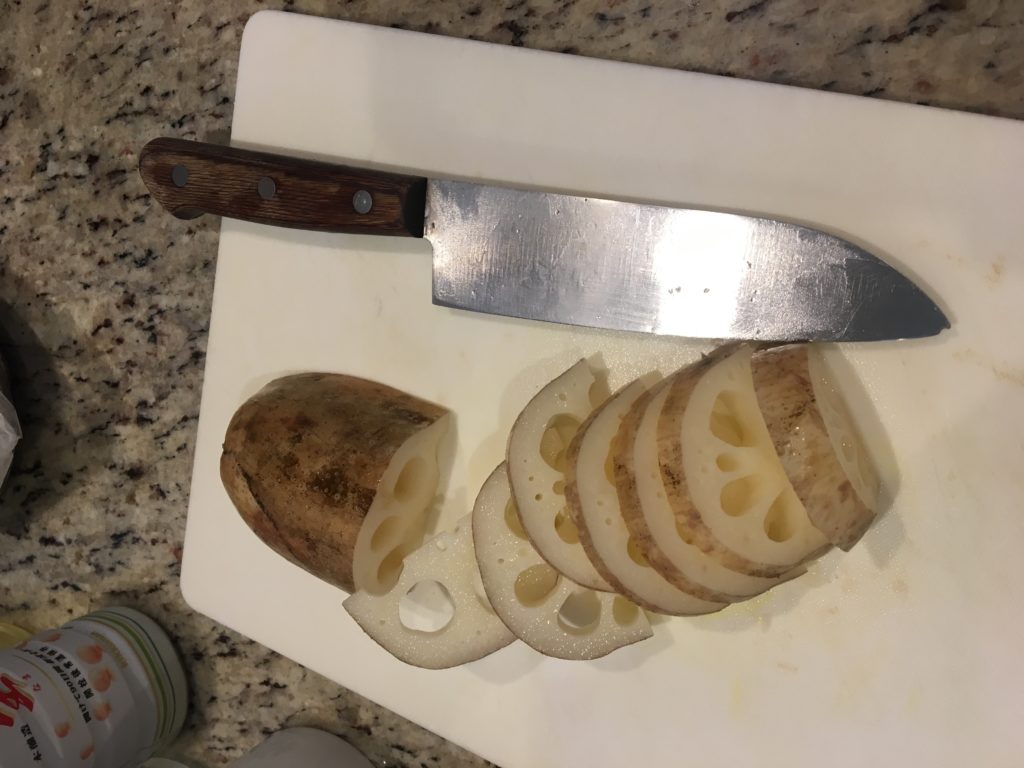


Additional Helpful Notes
Have it as part of a teishoku meal, or put it over rice and vegetables for a well-balanced meal. I actually took the leftover sauce, and cooked some vegetables I had in the fridge (I always leave some ready-cut vegetables for easy cooking in my fridge!)
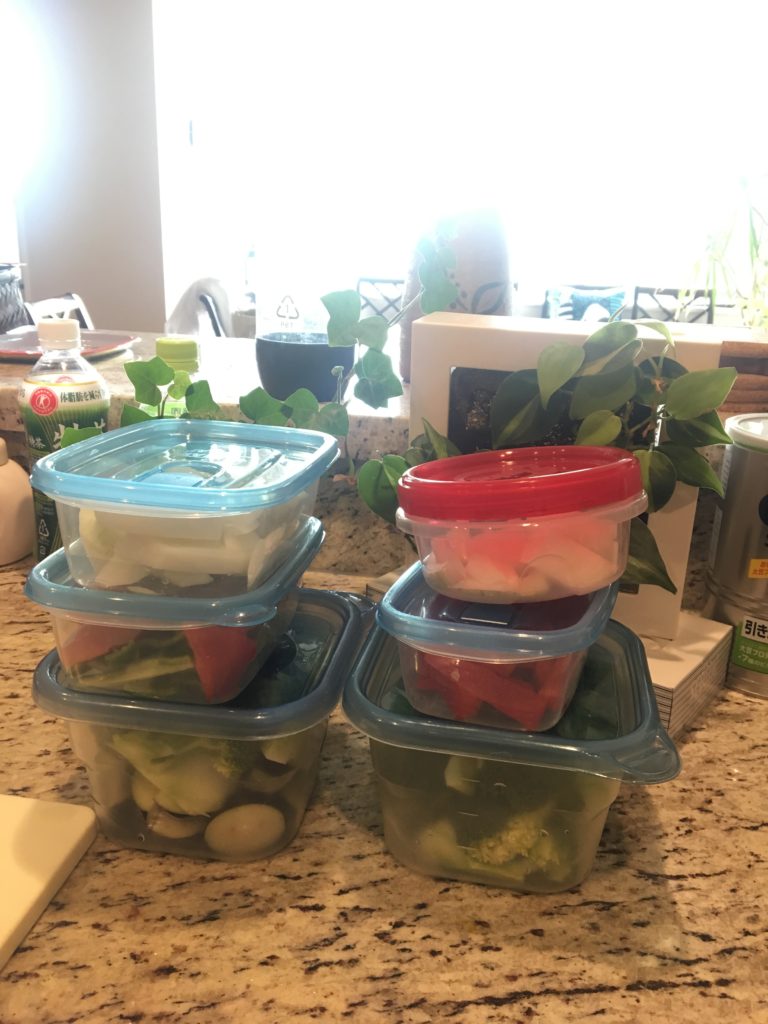
I put the vegetables and beef-wrapped lotus root over some brown rice for a beautiful, healthy, nutritious dinner. If you have leftover lotus root, it combines well with other soy sauce or onion-based sauces, so you can do different rice bowl combos.
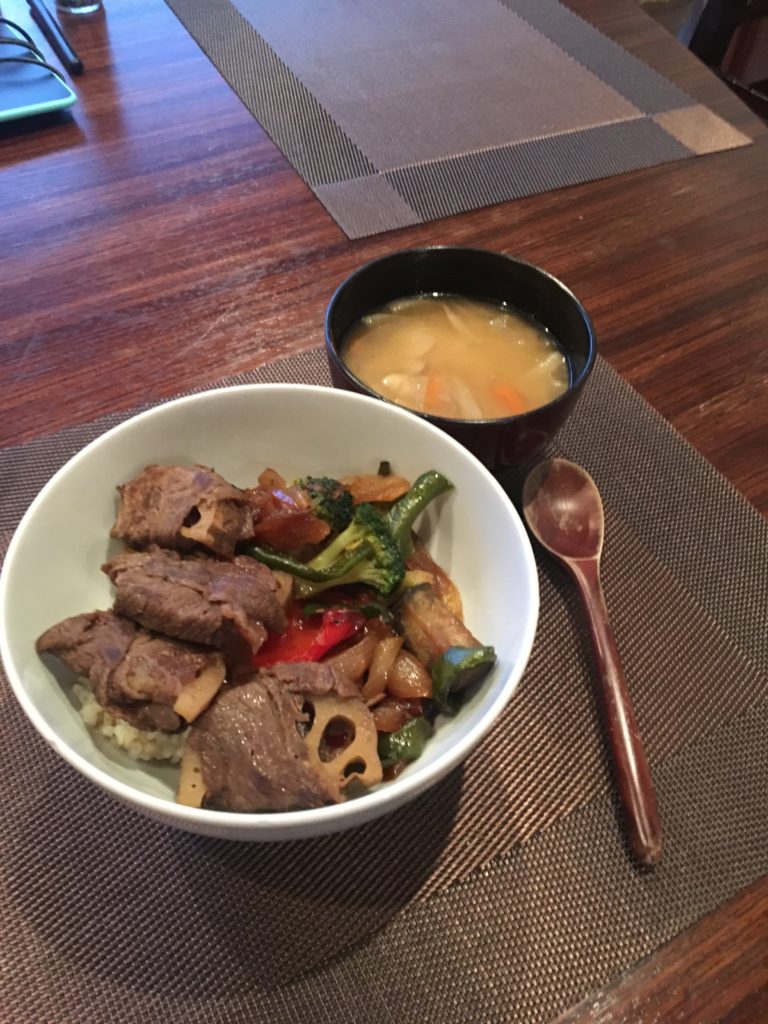
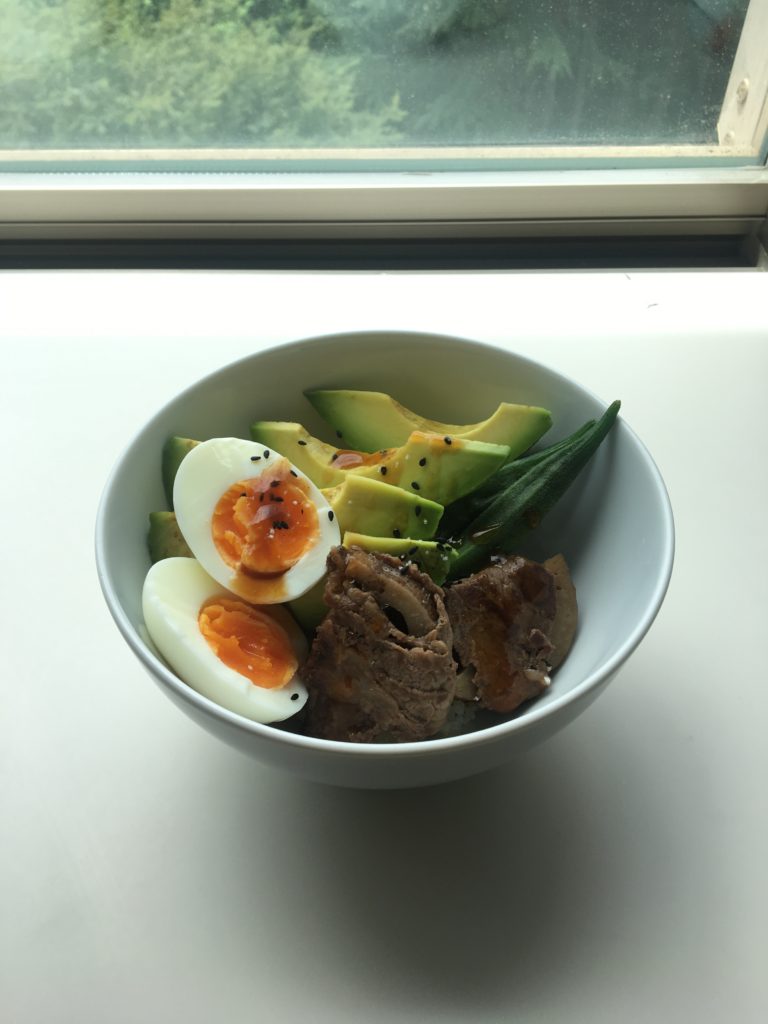
There are so many ways to enjoy this, and it combines easily with different things. Crunchy, sweet, savory, and full of necessary proteins and vitamins, it is a great addition to a well-rounded diet. I hope you enjoy it!
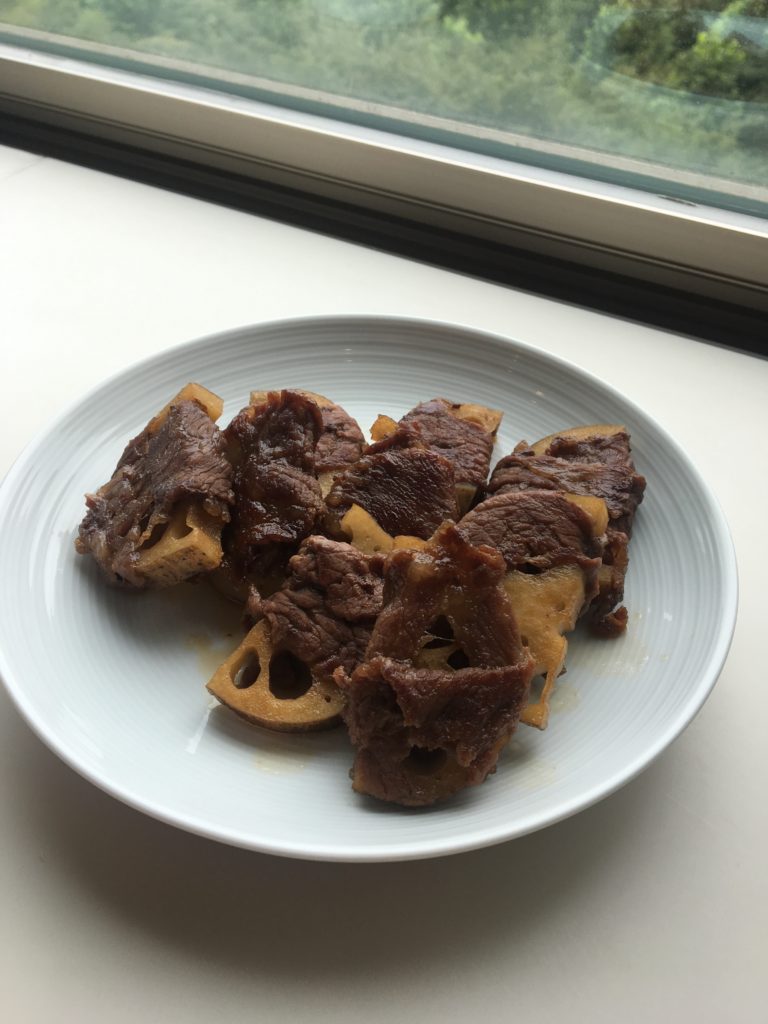
If you have any questions, comments, concerns, advice, or thoughts– email me at kokumura@kakikata.space! I respond to every email I get!
Kind regards,
Kaki